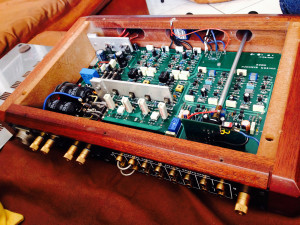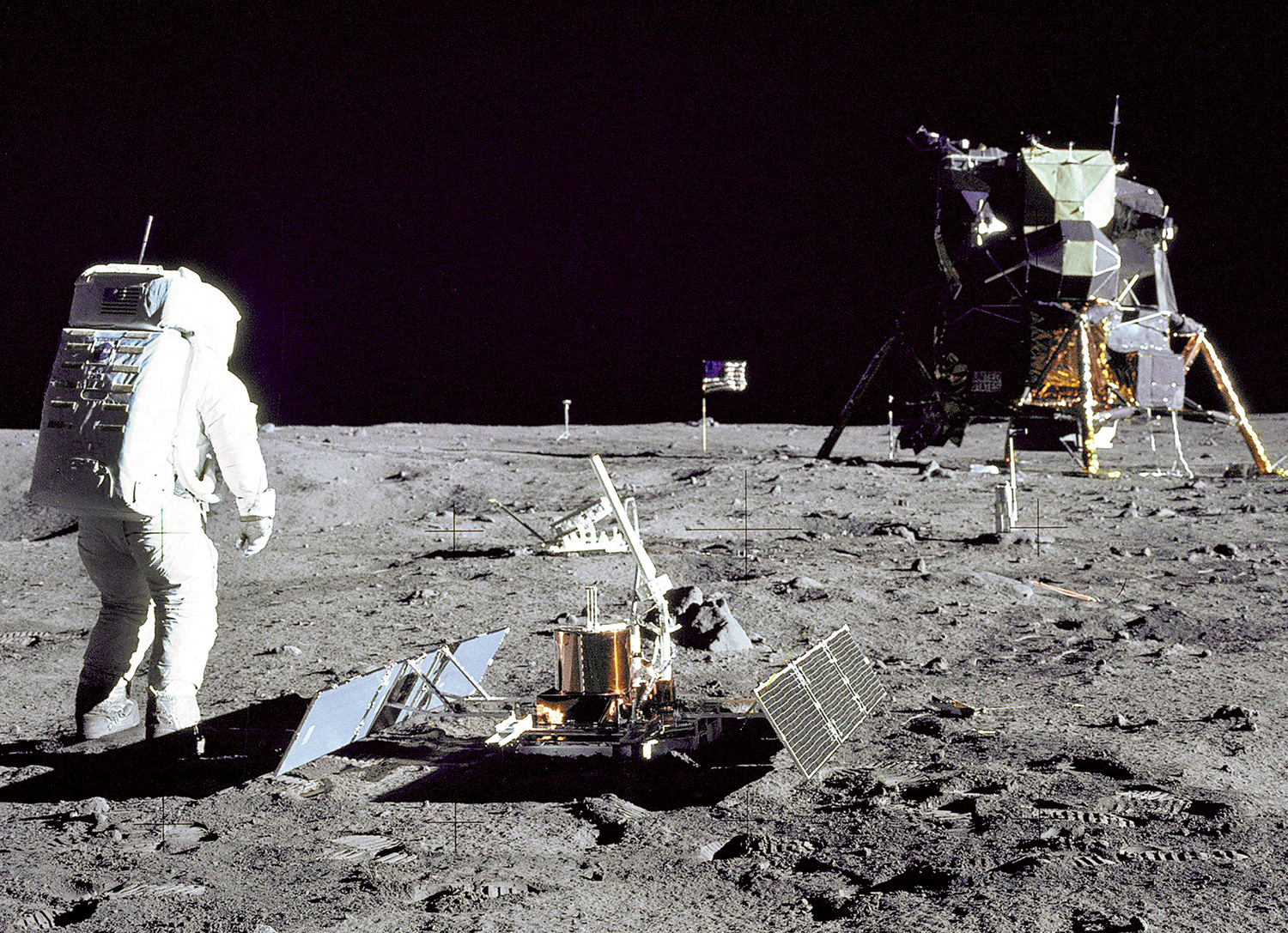on I’m no longer in the Mood… For almost 30 years my system has been centered around one beautifully made Italian integrated amplifier produced by a company that is still famous for their top-quality valve amplifiers: Unison Research. My unit was their first attempt to a total solid state design, the Mood, which was inspired to the very similar Sonus Faber Quid, from another Italian brand famous for their excellent loudspeakers rather than their amps.
For almost 30 years my system has been centered around one beautifully made Italian integrated amplifier produced by a company that is still famous for their top-quality valve amplifiers: Unison Research. My unit was their first attempt to a total solid state design, the Mood, which was inspired to the very similar Sonus Faber Quid, from another Italian brand famous for their excellent loudspeakers rather than their amps.
 For almost 30 years my system has been centered around one beautifully made Italian integrated amplifier produced by a company that is still famous for their top-quality valve amplifiers: Unison Research. My unit was their first attempt to a total solid state design, the Mood, which was inspired to the very similar Sonus Faber Quid, from another Italian brand famous for their excellent loudspeakers rather than their amps.
For almost 30 years my system has been centered around one beautifully made Italian integrated amplifier produced by a company that is still famous for their top-quality valve amplifiers: Unison Research. My unit was their first attempt to a total solid state design, the Mood, which was inspired to the very similar Sonus Faber Quid, from another Italian brand famous for their excellent loudspeakers rather than their amps. “…For many people, the idea of a “garbage patch” conjures up images of an island of trash floating on the ocean. In reality, these patches are almost entirely made up of tiny bits of plastic, called microplastics. Microplastics can’t always be seen by the naked eye. Even satellite imagery doesn’t show a giant patch of garbage. The microplastics of the Great Pacific Garbage Patch can simply make the water look like a cloudy soup. This soup is intermixed with larger items, such as fishing gear and shoes.”
“…For many people, the idea of a “garbage patch” conjures up images of an island of trash floating on the ocean. In reality, these patches are almost entirely made up of tiny bits of plastic, called microplastics. Microplastics can’t always be seen by the naked eye. Even satellite imagery doesn’t show a giant patch of garbage. The microplastics of the Great Pacific Garbage Patch can simply make the water look like a cloudy soup. This soup is intermixed with larger items, such as fishing gear and shoes.” Fifty years after Apollo 11 astronauts deployed the first seismometer on the surface of the Moon, NASA InSight’s seismic experiment transmits data giving researchers the opportunity to compare marsquakes to moon and earthquakes.
Fifty years after Apollo 11 astronauts deployed the first seismometer on the surface of the Moon, NASA InSight’s seismic experiment transmits data giving researchers the opportunity to compare marsquakes to moon and earthquakes. My two cents (2) about the July 2019 Southern California earthquake: recorded Richter magnitude M 7.1. Not bad huh? Pretty “high.” It makes me think sadly to some of our most recent earthquakes in my country, Italy: central Apennines in 2016 and northern Apennines in 2012. The magnitudes recorded were respectively M 6.0 and M 5.9. Seen this way they would seem just a bit weaker but they did a lot of damage and deaths…. I don’t know about you, but it makes me think.
My two cents (2) about the July 2019 Southern California earthquake: recorded Richter magnitude M 7.1. Not bad huh? Pretty “high.” It makes me think sadly to some of our most recent earthquakes in my country, Italy: central Apennines in 2016 and northern Apennines in 2012. The magnitudes recorded were respectively M 6.0 and M 5.9. Seen this way they would seem just a bit weaker but they did a lot of damage and deaths…. I don’t know about you, but it makes me think. Fifty years ago, when astronauts first landed on the moon, they carried not only humanity’s highest hopes but an important experiment from Columbia.
Fifty years ago, when astronauts first landed on the moon, they carried not only humanity’s highest hopes but an important experiment from Columbia.